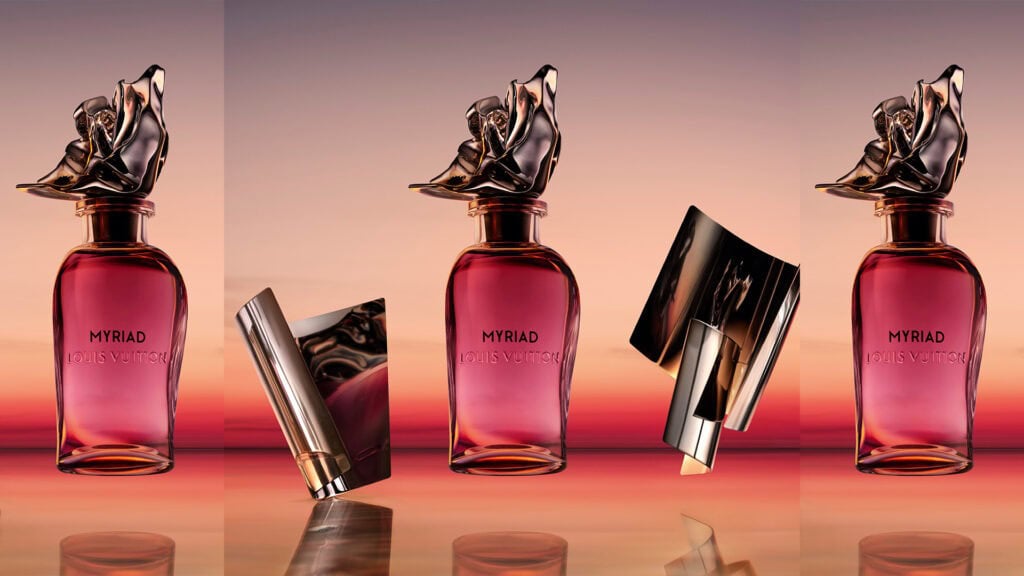The Allure of Saffron in Perfumery: Crafting Luxurious Scents
Saffron, often referred to as “red gold” due to its rarity and value, has a distinctive and captivating aroma that has made it a cherished ingredient in the world of perfumery. With its rich, warm, and slightly spicy scent, saffron adds an element of luxury and depth to fragrances. This article delves into the process of incorporating saffron into perfumes, the art of blending it with other notes, and some of the most iconic fragrances where saffron shines.
From Crocus to Perfume: Extracting Saffron’s Essence
Saffron is derived from the delicate stigmas of the Crocus sativus flower, a process that requires meticulous care and significant labor, as each flower yields only a small amount of saffron threads. The extraction of saffron for perfumery is a process designed to capture its full aromatic profile, which is complex and multifaceted.
- Steam Distillation: One of the most common methods for extracting saffron’s essence is steam distillation. The dried stigmas are subjected to steam, which carries the volatile compounds. As the steam condenses, the essential oil separates from the water, capturing saffron’s warm, spicy, and slightly leathery scent. This method is favored for producing a purer and more intense saffron aroma.
- Solvent Extraction: For a more concentrated form of saffron, solvent extraction is often used to create saffron absolute. This process involves soaking the saffron in a solvent, which extracts the aromatic compounds. The resulting absolute is rich, warm, and complex, capturing the deeper facets of saffron’s scent, including its earthy and honeyed undertones.
- CO2 Extraction: In recent years, CO2 extraction has become popular for its ability to preserve the delicate nuances of saffron’s aroma. This method uses supercritical carbon dioxide to extract the fragrance compounds, resulting in a highly pure and concentrated oil that reflects saffron’s true character—spicy, warm, and slightly sweet.
Blending Saffron: Creating Depth and Warmth
Saffron’s complex scent profile makes it an incredibly versatile ingredient in perfumery. It can add warmth, depth, and a touch of exoticism to a wide variety of fragrance compositions.
- Oriental and Spicy Fragrances: Saffron is a natural fit in oriental perfumes, where it enhances the richness of spices, resins, and woods. Its warm, slightly metallic edge complements notes like cinnamon, cardamom, and amber, creating a scent that is both luxurious and exotic. Maison Francis Kurkdjian’s Baccarat Rouge 540 is a prime example, where saffron is blended with ambergris, cedarwood, and jasmine to create a complex and captivating fragrance.
- Woody and Leathery Compositions: Saffron pairs beautifully with woody and leathery notes, adding a warm, spicy accent that enhances the depth of the composition. When combined with sandalwood, oud, or suede, saffron introduces a sophisticated and slightly smoky quality that is both intriguing and luxurious. Tom Ford’s Tuscan Leather showcases saffron’s ability to blend seamlessly with leather and raspberry, creating a scent that is both bold and refined.
- Gourmand and Sweet Accords: In gourmand perfumes, saffron can add an exotic twist to sweet notes like vanilla, caramel, and tonka bean. The spice introduces a warm, slightly savory contrast to the sweetness, resulting in a balanced and sophisticated fragrance. By Kilian’s Love, Don’t Be Shy features saffron alongside orange blossom and vanilla, creating a sweet yet complex scent with a touch of mystery.
- Floral and Exotic Blends: Saffron’s warm, spicy character can add depth to floral compositions, particularly when paired with rich, opulent flowers like rose, jasmine, or tuberose. The result is a fragrance that is both floral and exotic, with a hint of spice that adds intrigue. Guerlain’s Shalimar Souffle de Parfum incorporates saffron to enhance the richness of its floral heart, creating a scent that is both sensual and elegant.
Iconic Perfumes Featuring Saffron
Saffron has become a key ingredient in many iconic perfumes, known for its ability to add warmth, depth, and a touch of luxury to a wide range of fragrances.
- Maison Francis Kurkdjian Baccarat Rouge 540: This luxurious fragrance is renowned for its blend of saffron, ambergris, and cedarwood. The saffron note adds a warm, spicy edge that balances the sweetness of the amber, creating a scent that is both complex and captivating.
- Tom Ford Tuscan Leather: In this bold and sophisticated fragrance, saffron is paired with leather, raspberry, and suede. The saffron note enhances the leather’s richness, adding a spicy, slightly smoky quality that makes the fragrance both luxurious and enduring.
- By Kilian Love, Don’t Be Shy: This gourmand fragrance features saffron alongside orange blossom, vanilla, and caramel. The saffron adds an exotic twist to the sweet notes, creating a scent that is both indulgent and complex.
- Guerlain Shalimar Souffle de Parfum: This fragrance incorporates saffron to enhance its rich floral heart. The saffron adds depth and warmth, creating a scent that is both sensual and elegant.
The Timeless Appeal of Saffron in Fragrance
Saffron’s warm, spicy, and luxurious aroma has made it a cherished ingredient in perfumery. Whether enhancing oriental, woody, gourmand, or floral compositions, saffron brings depth, warmth, and a touch of exoticism to any fragrance. Iconic perfumes like Maison Francis Kurkdjian’s Baccarat Rouge 540, Tom Ford’s Tuscan Leather, and By Kilian’s Love, Don’t Be Shy showcase the versatility and allure of saffron, proving that its presence in perfumery is as timeless and treasured as the spice itself.













